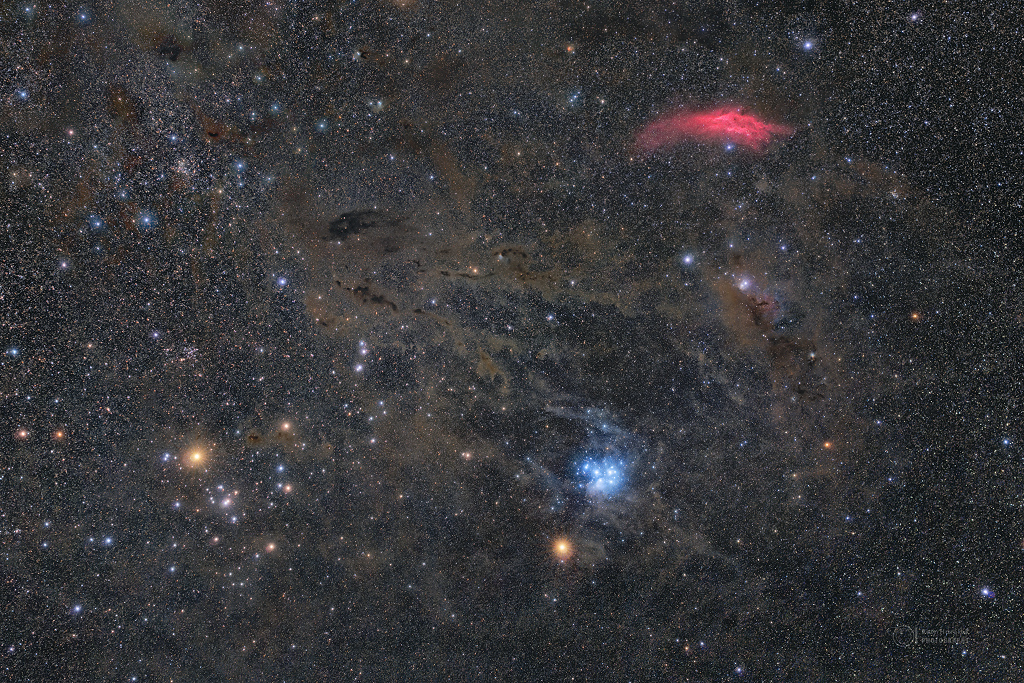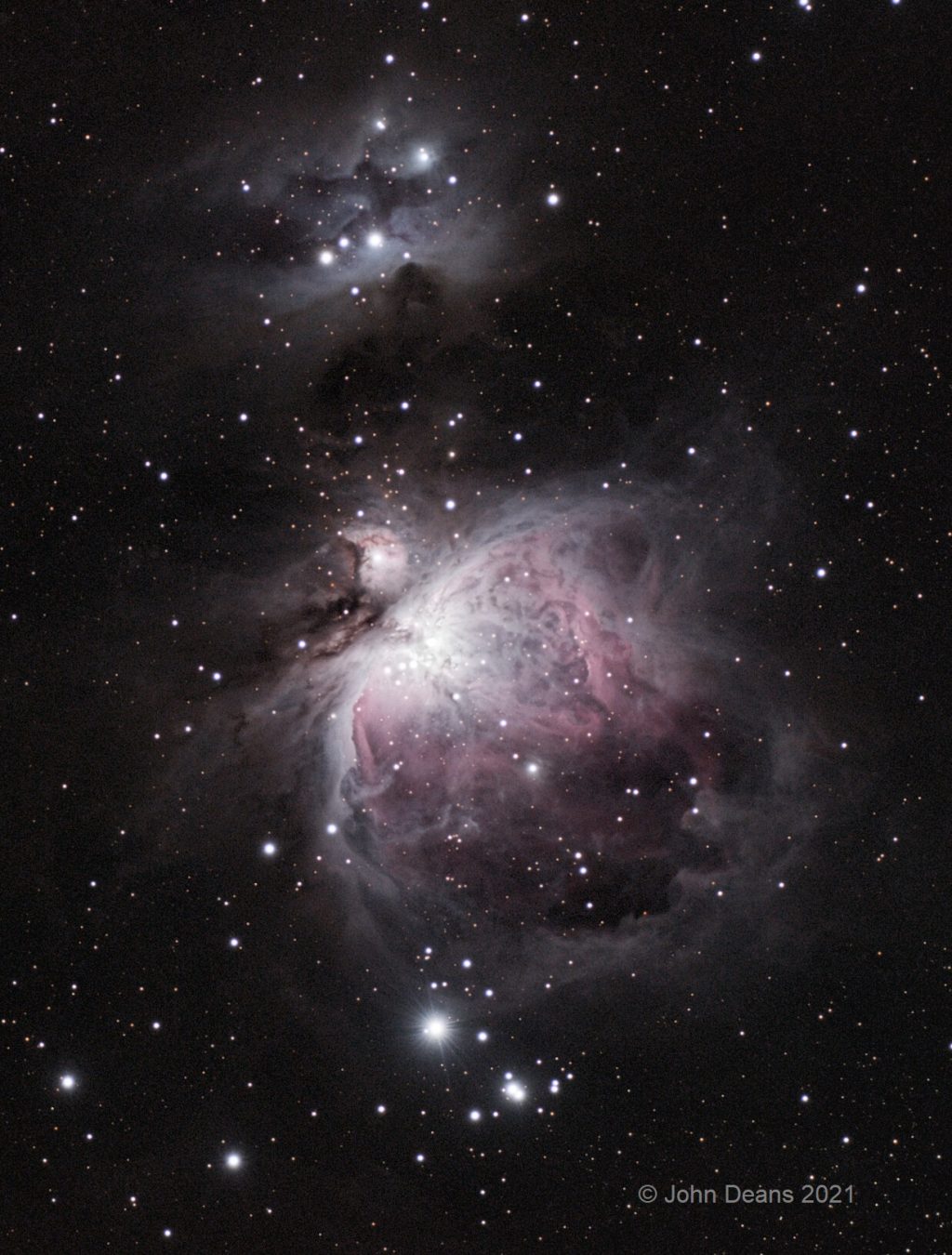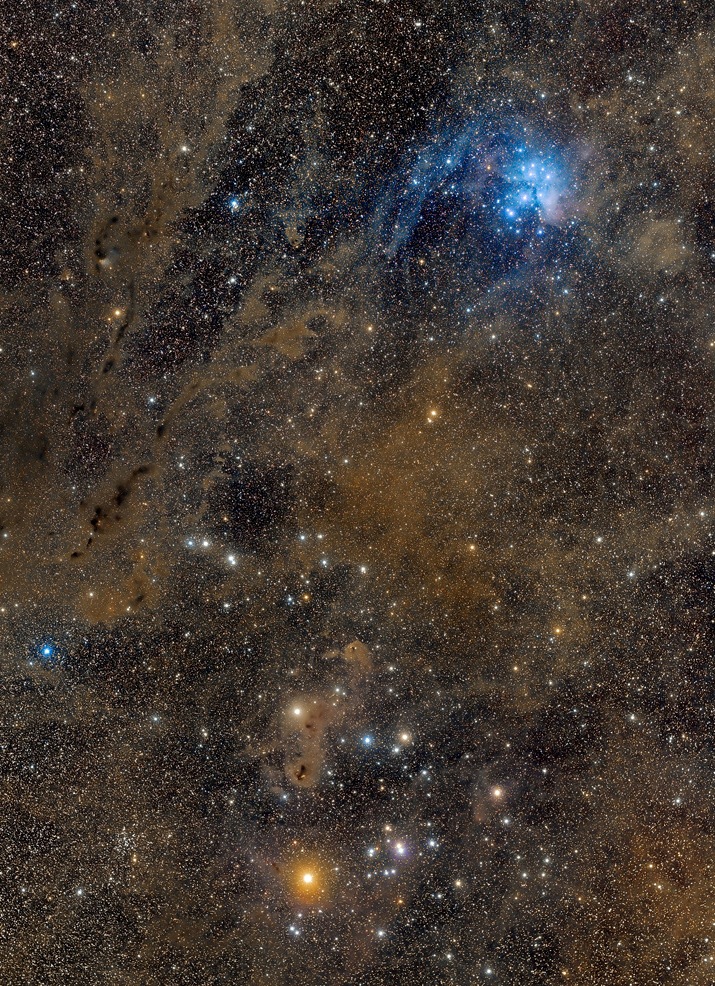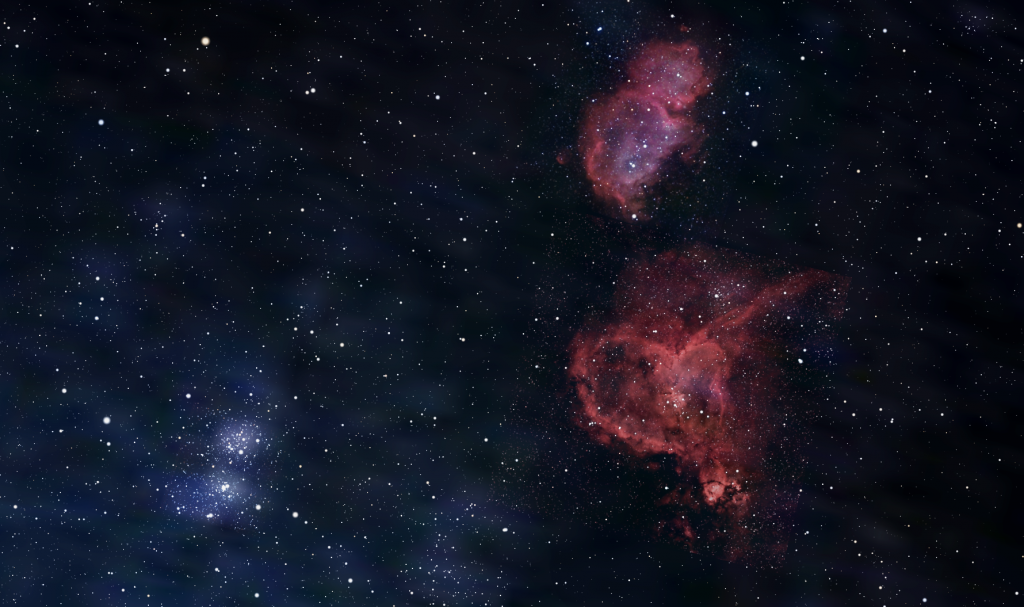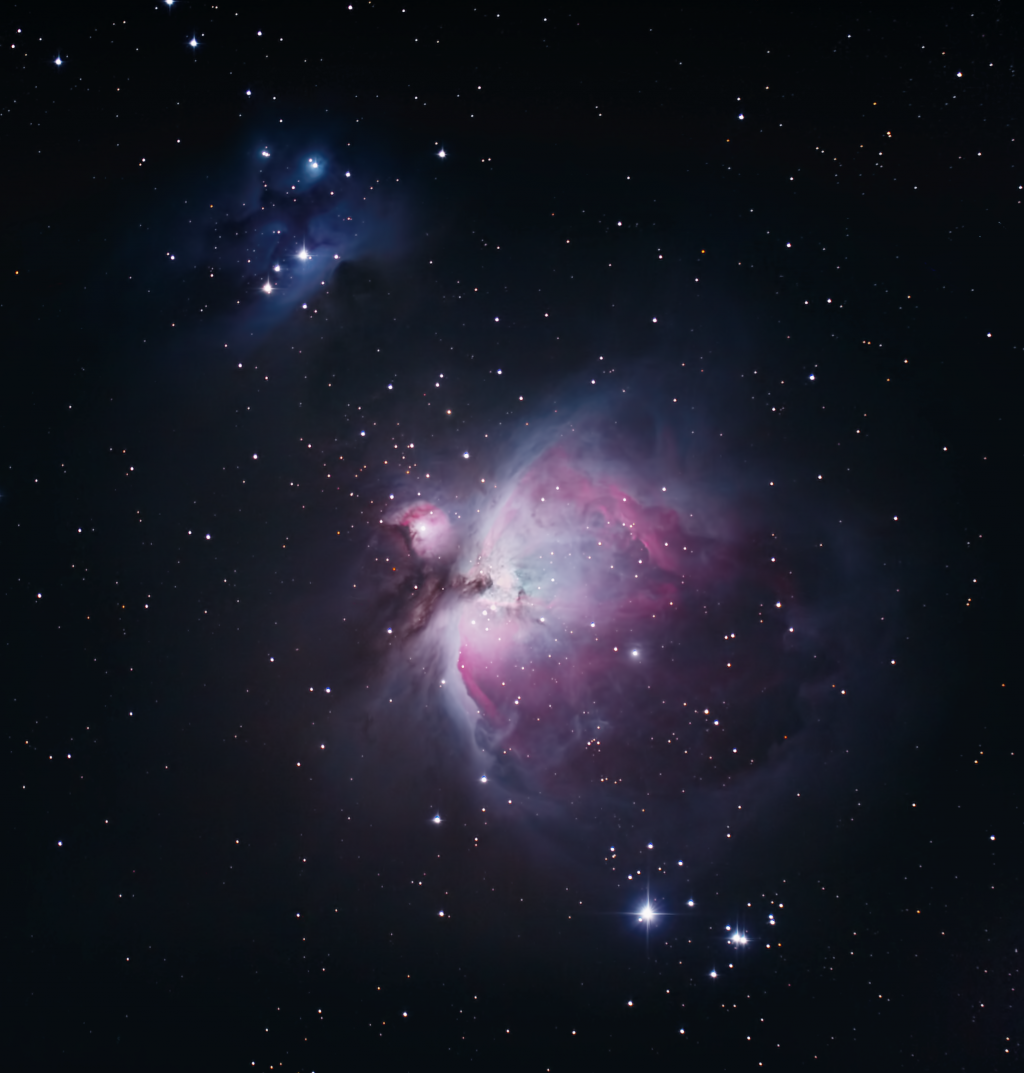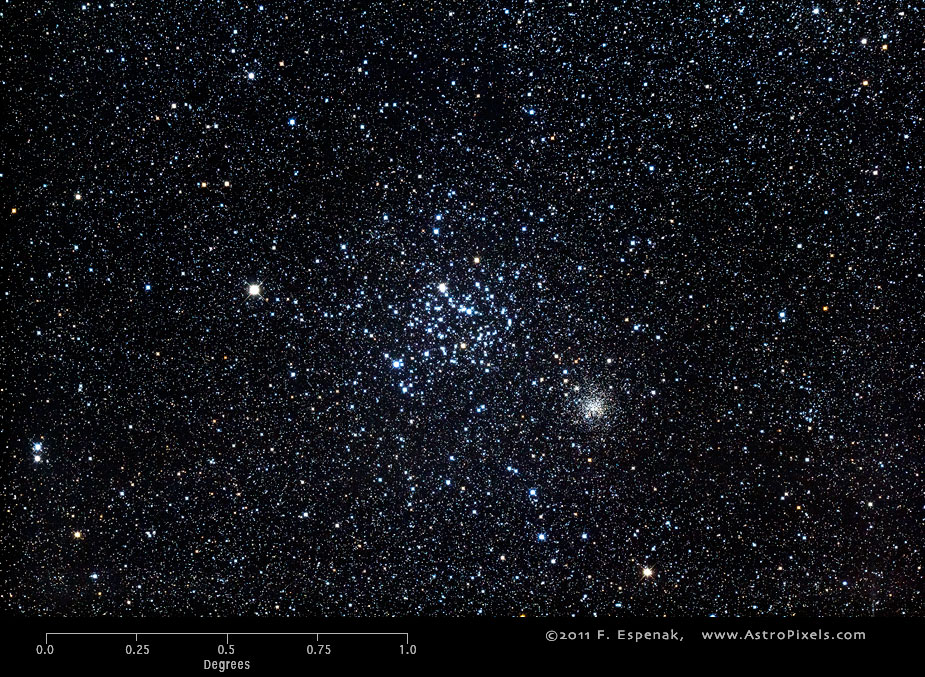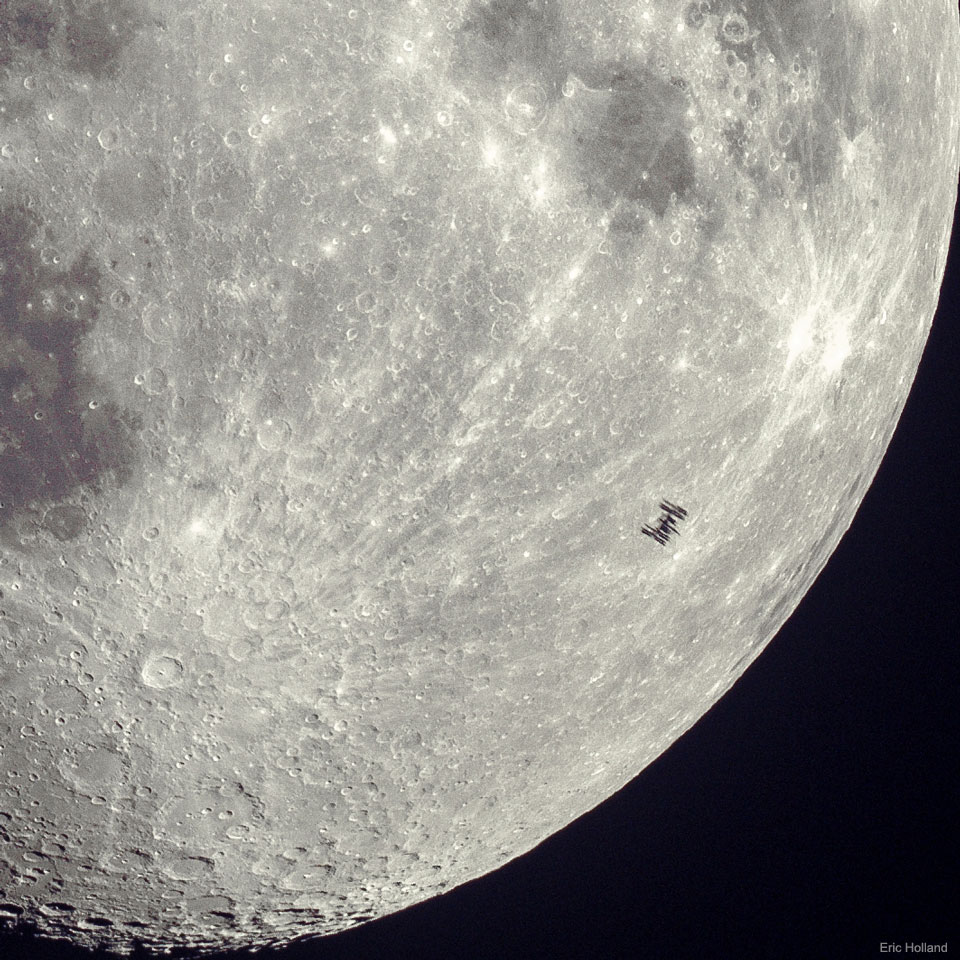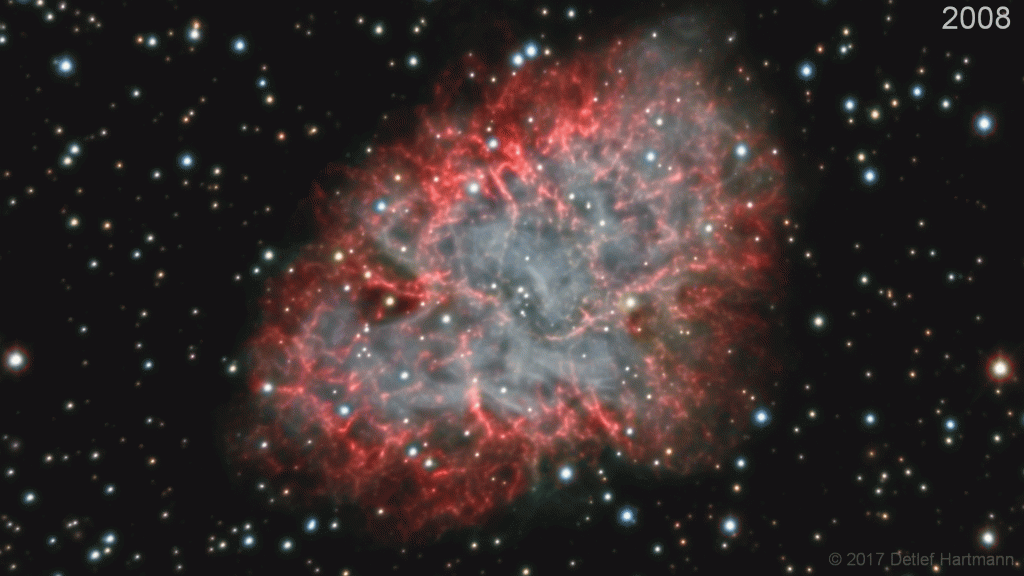A Peek at Polaris, the Waxing Moon and Dim Mars Duo in Evening, and the Equinox Arrives with a Lunar X!
This image of the waxing crescent moon was taken by Michael Watson of Toronto on March 2, 2014. It nicely shows the Earthshine phenomenon, and the way the position of the lit crescent on the young moon at this time of year resembles the Cheshire Cat’s smile. Michael’s gallery of images are hosted on his…
Read more

